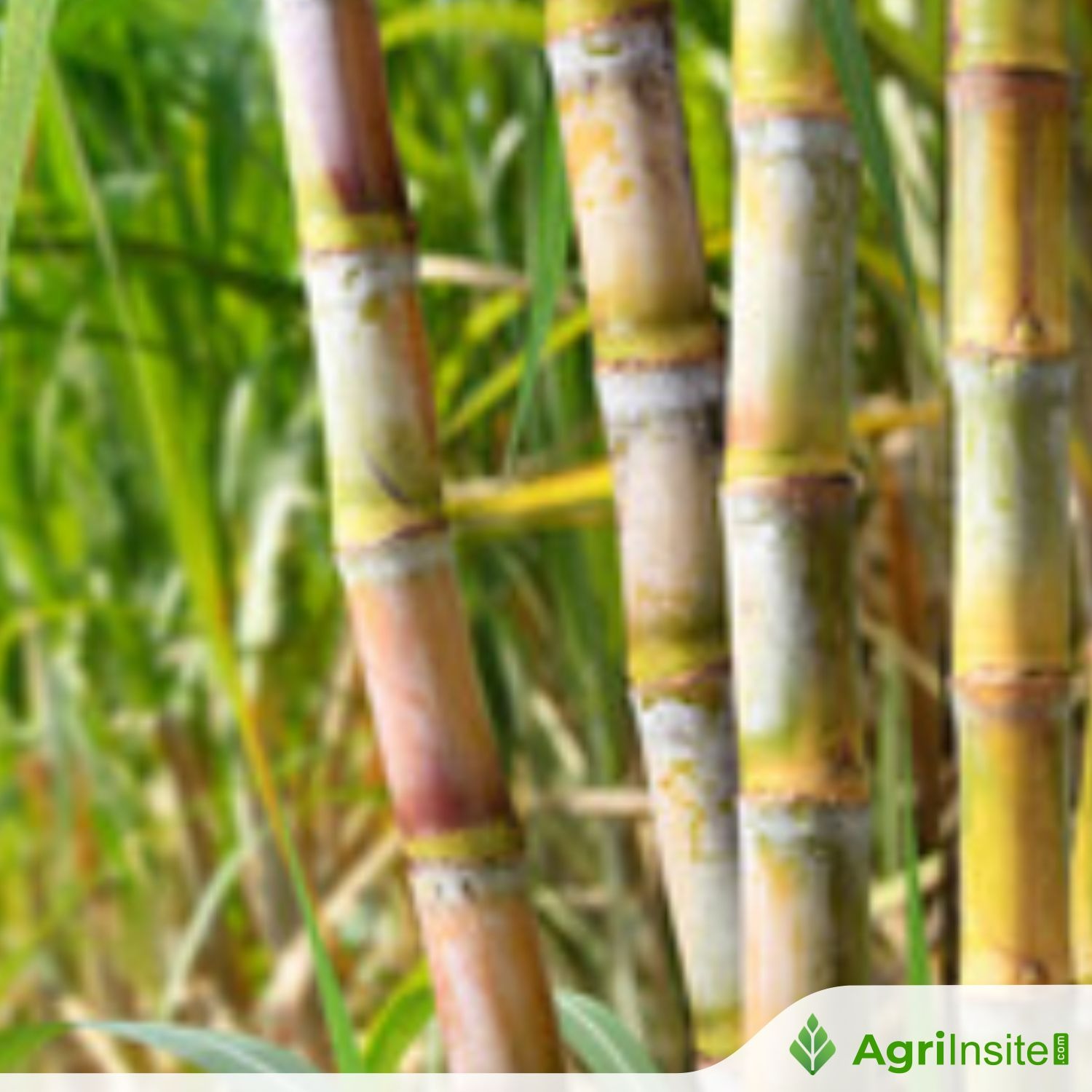Pakistan : Stop growing water thirsty crops

Pakistan is facing a severe water crisis, shifting from water surplus to stress due to depleting glaciers, extreme heat, and changing precipitation. Unsustainable population growth and agricultural mismanagement exacerbate the issue, with a significant portion of freshwater wasted on water-intensive crops like sugarcane. Decision-makers must revamp agricultural policies to promote less water-intensive crops like pulses, maize, and barley, and invest in water-saving technologies.
Pakistan is on its way to experiencing a full-blown water crisis. We have gone from a nation which had surplus water to one which is now seriously water-stressed, and this situation is only going to get worse, especially if we continue to demonstrate apathy towards this growing problem.
There is a multiplicity of factors which exacerbate water scarcity in Pakistan. Besides the looming threat of depleting Himalayan glaciers which will reduce the amount of water available in our major rivers, extreme heat and changing precipitation levels are already issues of major concern. Curbing global warming is beyond Pakistan’s control, but the way the country has contaminated and misused its own water resources cannot be blamed on others. There is also an understandable increase in the demand for water due to unsustainable population growth. A significant proportion of the citizenry still lacks access to water and sanitation facilities, which remains an issue that merits attention on a priority basis. However, only a tiny portion of our freshwater sources are used for meeting household or even industrial needs. It is instead the wasteful process of agricultural production which is the main culprit for our national water woes.
The decision-makers need to pay heed to the longstanding need for revamping agricultural and irrigational policies. Given Pakistan’s agro-ecology, it makes little sense for our farmers to be growing water guzzling crops like sugarcane.
Yet, Pakistan remains the fifth largest producer of sugarcane in the world. While there are less than a hundred sugar mills in the Punjab and Sindh, these mills are large enough to comprise the country’s second largest agricultural-based industry after textiles. While growing sugar is highly profitable for large landowners, access to sugar at reasonable prices is often denied to average citizens. Manipulation of prices by sugar barons is common; they often delay the purchase of sugarcane from farmers, as the crop is purchased by weight which continues to decrease the longer this crop is left after harvesting.
While we have seen significant attention being drawn to the problem of sugar pricing and its availability, less emphasis is placed on whether Pakistan should even grow this crop. Precious canal water in southern Punjab is used to grow sugarcane, which otherwise would hardly be an ideal area for cultivating such a crop.
One is not suggesting here that Pakistanis must do without a basic agricultural commodity like sugar. However, instead of trying to fix the elite captured sugar industry, ordinary consumers may be better served by removing barriers to enable more sugar imports. At the same time, existing sugar growers should instead be nudged to grow other crops which need less water.
With donor support, Pakistan has introduced new high-yield and disease-resistant varieties of wheat and maize, but this effort is just a drop in the bucket. There are many other nutritional crops as well which can be grown indigenously without much external support. Growing more pulses, corn, and even sunflowers, would be more suitable for Pakistan’s agro-ecological zones. Barley is another crop which was historically grown in major agrarian areas of the country, but its supply has now dwindled. By encouraging farmers to grow less water-intensive crops, by using pricing and other appropriate mechanisms, and by simultaneously investing in water-saving technologies, Pakistan can do a much better job of utilising its precious freshwater.
Rethinking crop patterns to grow more resilient and nutritional crops, which are indigenous and thus require less water, less fertilisers and pesticides, is a vital part of climate-smart agricultural strategies. It is high time for Pakistan to start paying more heed to such imperatives to achieve food sovereignty, and to buffer its agricultural sector from intensifying climate stresses. Or else, we may see a worsening of already high levels of malnutrition, and associated problems such as stunting, which are debilitating the nation’s future generations.
Source Link : https://tribune.com.pk/story/2500470/stop-growing-water-thirsty-crops

















